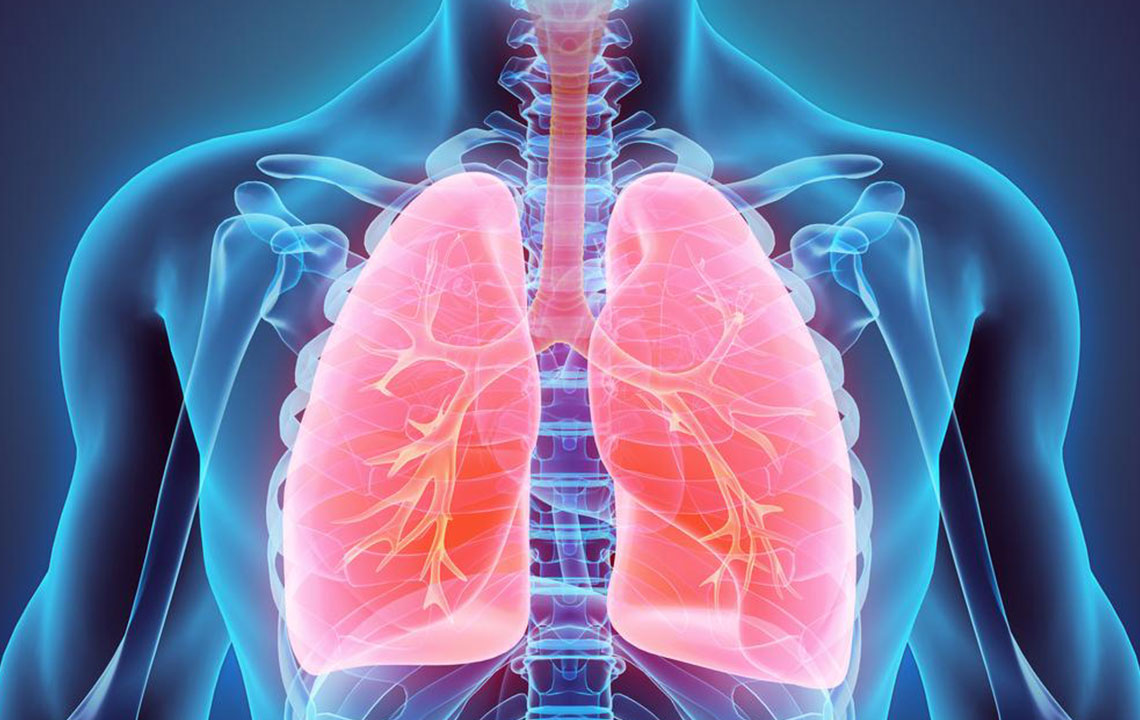Understanding Lung Cancer: Types and Progression Stages
This article explains the main types of lung cancer and its progression stages, from early detection to advanced spread. Understanding these stages aids in timely diagnosis and treatment planning to improve outcomes.

Understanding Lung Cancer: Types and Progression Stages
Lung cancer develops when abnormal, malignant cells grow uncontrollably within the lungs, damaging surrounding tissues. These cancerous cells can form tumors as they multiply. The two primary types are Non-small cell lung cancer and small cell lung cancer.
Categories of lung cancer
Non-small cell lung cancer – The most prevalent form, representing approximately 80-85% of cases.
Small cell lung cancer – Also called oat cell carcinoma, making up 10-15% of diagnoses.
Stages and severity of lung cancer
Stage 0 – The earliest stage, known as carcinoma in situ, with tiny tumors that haven't spread.
Stage 1 – Tumor up to 4cm, confined to the lung, without lymph node involvement. Early detection here can lead to a cure.
Stage 2 – Tumor size varies; cancer may have spread to nearby lymph nodes or tissues.
Stage 3 – Tumors of any size with spread to lymph nodes and possibly other lung areas.
Stage 4 – Tumor may be any size, with extensive spread to lymph nodes, opposite lung, pleura, or other organs like liver, bones, or brain.
Notice: The information provided regarding symptoms, treatments, and health conditions is for educational purposes only. It should not replace professional medical advice. Always consult qualified healthcare providers for diagnosis and treatment decisions.










